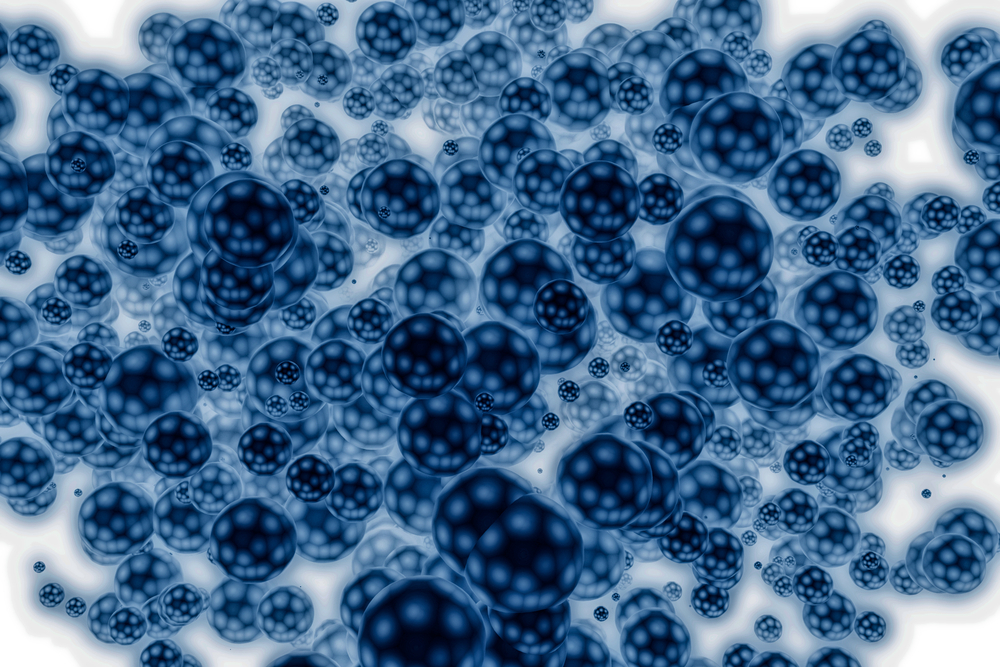

Novel Injectable Hydrogel for Drug and Imaging Probe Delivery
A recent study described a novel injectable hydrogel containing anti-cancer agents, which potentially may improve drug efficacy and reduce systemic toxicity by allowing clinicians to control the timing and location of drug delivery non-invasively.1
The inclusion of imaging probes in the hydrogel may also allow doctors to better visualize and monitor tumor progression, which would improve diagnosis and treatment regimens.
“We showed that the hydrogels could be used for anticancer drug delivery as a therapeutic intervention as well as a diagnostic strategy,” the authors begin.
Dosing is a major hurdle in cancer treatment today, as most chemotherapeutic drugs have a narrow therapeutic window. Due to the fact that tumors originate from the host, drugs that target cancer cells are often highly toxic to healthy tissues as well. These drugs walk the knife’s edge between therapeutic efficacy and systemic toxicity. By allowing the controlled release of a therapeutic agent over time, this hydrogel may allow doctors to hit the tumor with just the right amount of drug, sparing the patients’ healthy tissues.
Hydrogels are currently a highly sought-after method of drug delivery. However, toxicity issues are the cause of significant difficulty in utilizing synthetic hydrogels, and similar efficacy is often difficult to achieve with natural compounds. Furthermore, when highly concentrated, collagen is extremely viscous at room temperature, which makes preparation and delivery of collagen-based hydrogels difficult.2,3
In order to overcome these hurdles, the authors produced a modified collagen solution that has low viscosity at room temperature, but enters a non-flowing gel state once elevated to body temperature. This allows the hydrogel to be used in an injectable formulation while avoiding systemic distribution. Importantly, when elevated above body temperature, this hydrogel regains a fluid composition.
Dr. Sun-Hee Cho and colleagues at Sungkyunkwan University in Suwon, South Korea, published their paper entitled, “Photothermal-modulated drug delivery and magnetic relaxation based on collagen/ poly(γ-glutamic acid) hydrogel,” in the International Journal of Nanomedicine in March of 2017.
The authors used poly(γ-glutamic acid) (γ-PGA), a multifaceted anionic polymer electrolyte in order to modify the collagen hydrogel. The use of γ-PGA allowed the researchers to incorporate an anti-cancer drug (doxorubicin), magnetic nanoparticles, and magnetic resonance imaging probes into the hydrogel.
The authors were also able to load the hydrogel with indocyanine green (ICG), a near-infrared (NIR) fluorophore. This allows the use of NIR light to elevate the local temperature of the hydrogel in vivo, which causes the subsequent release of pharmacological agents and imaging probes.
In order to conduct this exciting research, the authors utilized a Bruker Avance DMX600 nuclear magnetic resonance (NMR) spectrometer. NMR technology allowed the researchers to determine the photothermal capabilities of this hydrogel both in vitro and in vivo. The authors showed that when the hydrogel was hit with NIR light, the NMR signal got brighter, indicating that the distance between molecules had increased. Thus, the authors inferred that the hydrogel had entered a fluid state.
“The injectable and photoresponsive collagen/γ-PGA hydrogels developed in this study may be useful for drug delivery, tissue engineering, and cell-based cancer therapy,” the authors conclude. This hydrogel could improve the ability of doctors to treat and monitor diseases such as cancer, although further research is needed to determine the safety and efficacy of the hydrogel. NMR technology will be critical for future studies in this field!
References
- Cho SH, Kim A, Shin W, et al. Photothermal-modulated drug delivery and magnetic relaxation based on collagen/poly(γ-glutamic acid) hydrogel. Int J Nanomedicine. 2017;12:2607-2620.
- Calo E, Khutoryanskiy VV. Biomedical applications of hydrogels: a review of patents and commercial products. Eur Polym J. 2015;65:252–267.
- Brinkman WT, Nagapudi K, Thomas BS, Chaikof EL. Photo-cross- linking of type I collagen gels in the presence of smooth muscle cells: mechanical properties, cell viability, and function. Biomacromolecules. 2003;4:890–895


